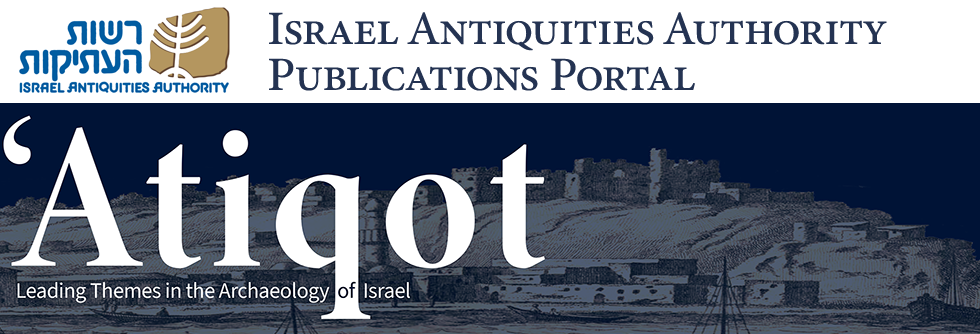Abstract
Twenty-six samples of Persian-period wares from the Ḥorbat Malta excavations were studied. The pottery was divided into four petrographic groups: two groups point to the local production of amphorae, storage jars and cooking pots; the other two, to middle- and long-range imports. The middle-range imports are represented by two oil lamps, a jug and possibly a krater, and the long-range import is represented by a mortaria.
Keywords
trade, Phoenician Coast
Recommended Citation
Gorzalczany, Amir
(2008)
"Petrographic Analysis of the Persian-Period Pottery from Ḥorbat Malta (pp. 81–86),"
'Atiqot: Vol. 59, Article 6.
DOI: https://doi.org/10.70967/2948-040X.1414
Available at:
https://publications.iaa.org.il/atiqot/vol59/iss1/6
Included in
Agriculture Commons, Biblical Studies Commons, History of Art, Architecture, and Archaeology Commons

